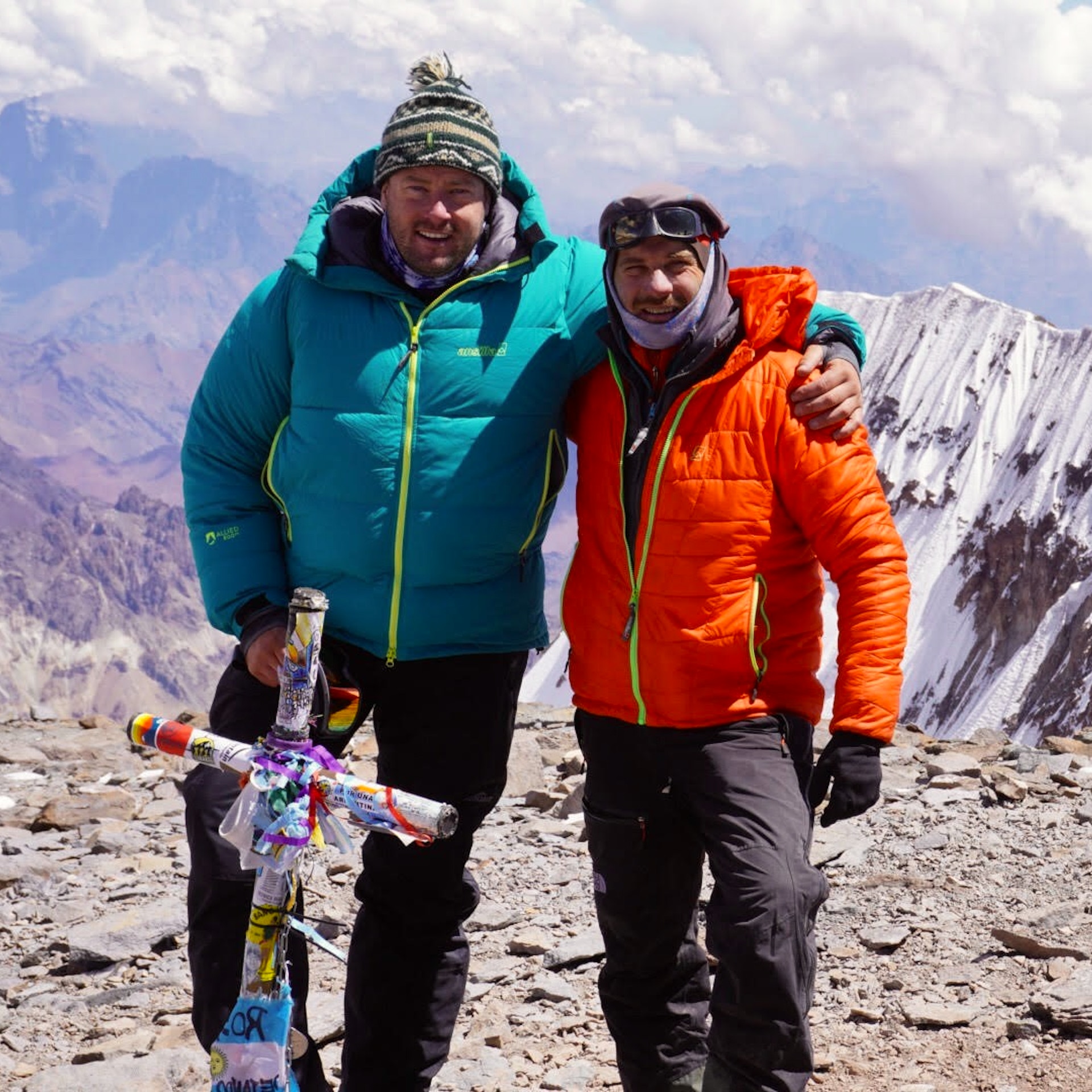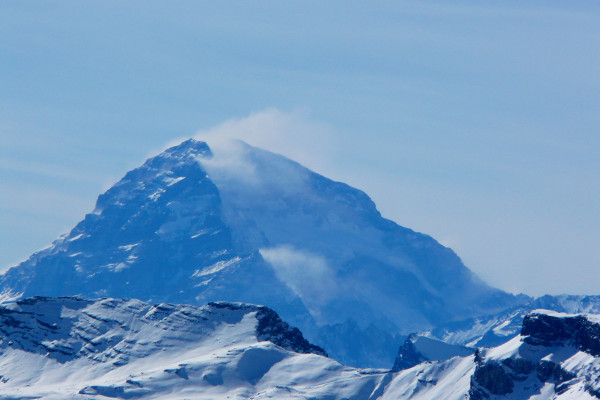Climbing the highest mountains on Earth requires stamina and dedication. The stamina bit is usually fuelled by food, but from December 11 to 19 2014, Konstantin Dikovsky and Alexander Vovni ascended the highest mountain in South America while going hungry.
The reason for so doing was to test the capabilities of the human body. Vovni spoke of how he shuns the beaten path and wished to spend time on the border of the “death zone,” where the body relies entirely on its internal resources.
Vovni has practised medicinal fasting for years and years and developed his own system which he uses to fast twice a year for 10 days. He usually begins to prepare to fast one or two weeks before and when it comes time to not eat, “The body itself refuses to eat. Appetite disappears.” In Mendoza, others were surprised that when he didn't eat, he had no appetite.
Dikovsky believes that climbing a mountain while fasting is justified for research purposes but “meaningless as an attraction.” After all, it's hard enough already without deliberately making things worse. He mentioned that Vovni showed “tremendous willpower” in hauling his weakened body up more than 23,000 feet.
Vovni previously climbed Elbrus, Europe's highest mountain (18,510 feet) and Cotopaxi (19,347 feet) while fasting. Although he trained, he holds that this is not necessary to climb Aconcagua on an empty stomach: “They just need to make up their mind to do that.”
The pair took the more popular northwest route, which presents limited technical difficulties, just a slope of between 30 and 45 degrees on a trail of rocks and sometimes, snow. The main hindrances were the weather and altitude. Their bodies were measured before, during and after ascent to show what happens to the human body under these conditions.
Aconcagua was selected because it's one of the most accessible of the Seven Summits and features a well-developed infrastructure: amongst other things, camps, observers, rescuers and a helicopter that can only fly to a certain height. First aid is available in a short space of time.
Ascending too quickly is how potentially fatal altitude sickness problems arise, so the Russians spent two nights at almost every camp, which is known as “saw” acclimatisation, one of the most effective methods. A local company provided much assistance and a certificate testifying that the ascent was truly completed without food.
In case of emergency, Vovni brought a bottle of liquid honey - honey or pure glucose are, according to him, the best ways to recover from fasting. He would have used this if he experienced a stress accompanied by convulsions, but fortuitously, the bottle went unopened.
The way Vovni motivated himself was to recall the Second World War, when men performed what he termed “real feats.” It was no accident that their expedition took place on the 70th anniversary of the victory of the former Soviet Union over Germany.
Making the summit produced “an explosion of emotions” in Vovni. He was left with a sense of “deep satisfaction” - “Seriously, what else could I feel?”
Image Attribute: Javier Rubilar (1)

Join an Aconcagua Climb
Book with our recommended local guide

